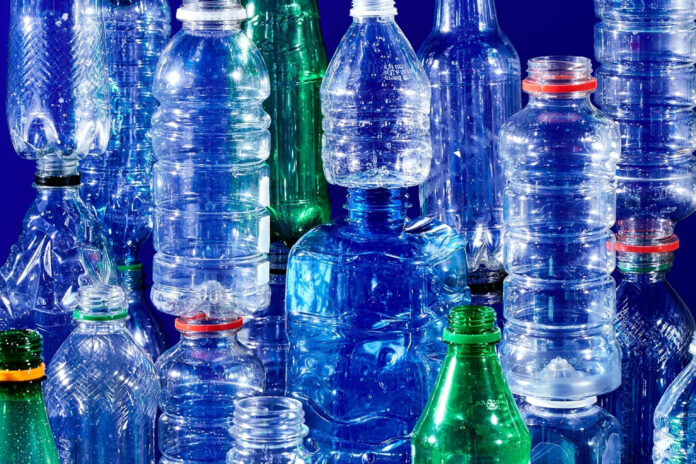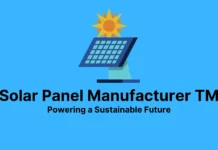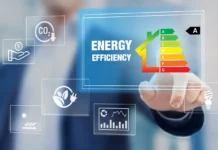Do you know what is PCR packaging? The PCR, or Post-Consumer Recycled material, also known as Post-Consumer Recyclate or Post-Consumer Resin, pertains to plastics such as PET, PP, and HDPE that undergo extensive recycling and processing to create a resin used for manufacturing new packaging.
PCR is when we take old plastic things like bottles and turn them into new plastic things like toys or more bottles. Instead of throwing away the old plastic things, we make them into something new, so we don’t have to use as much new plastic. It’s like recycling, but for plastic.
Keep scrolling the article to know more about what is PCR packaging.
Why is PCR Used in Packaging?
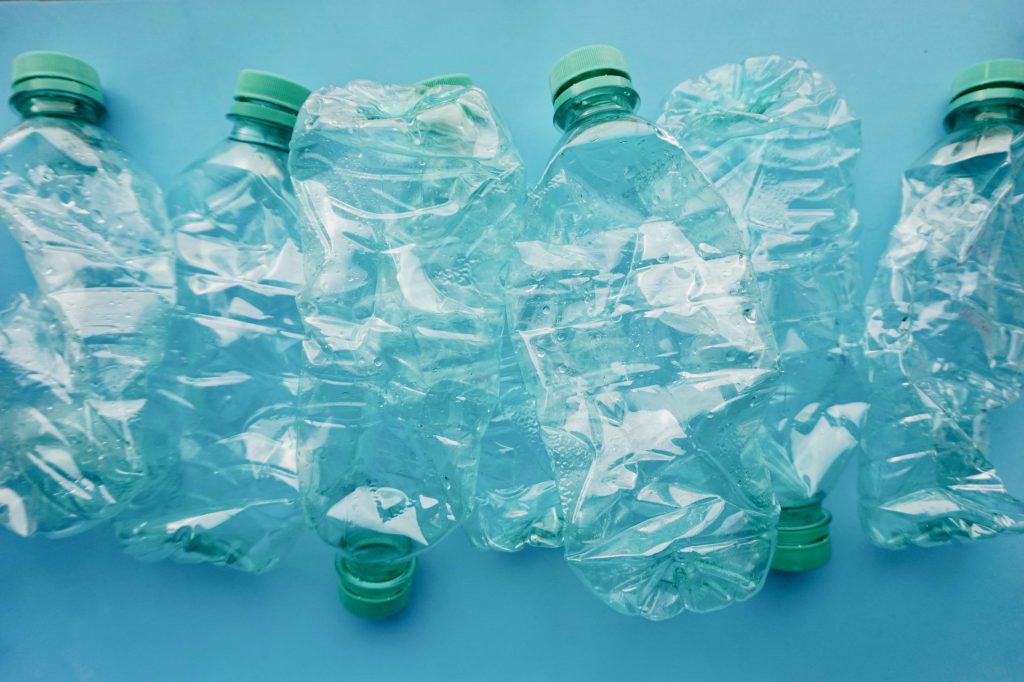
Using PCR is good for the environment because it helps us to recycle old plastic instead of making new plastic from things like oil, which is bad for the environment.
When more people use PCR, it creates more demand for it. That means more people will recycle their old plastic, which helps keep it out of landfills and rivers.
This also means that there will be less plastic in the ocean, which is really important. By using PCR, you help to make recycling even more popular and help the environment even more.
Some countries are making rules that say we must use PCR, so it’s a good idea to start using it now. This will help you follow the rules and be a step ahead. Using PCR shows that you care about the environment and want to do good things for it.
Using PCR Material is beneficial for our planet Earth.
This is important because many people like to buy things from companies that care about the environment. Some people even like to pay a little extra for products that are packaged in PCR because they want to help the environment too.
Drawbacks of Using PCR for Packaging?
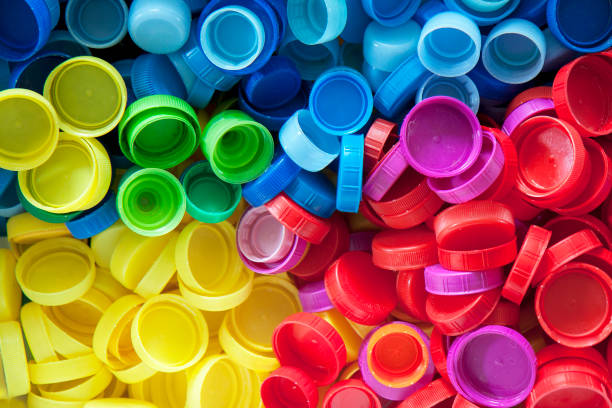
Sometimes we can’t use PCR for things like medicine or things that need to be really clean because it might not be safe. Also, PCR might look slightly different from new plastic and be harder to shape.
But we can still use PCR for things that it’s good for. And even if we only use a little bit of PCR mixed with new plastic, it’s still a good thing to do.
What is The Difference Between PCR and Other “Green” Plastics?
PCR means that the plastic we use to make new things was already used before, like for packaging. But we can use other types of plastic that are not exactly PCR but are still good for the environment.
These types of plastic can help us use less new plastic made from oil, which is good for the environment.
• PIR, Sometimes people use a different term than PCR called PIR. This means that the plastic we use to make new things doesn’t come from things like the packaging but instead from crates and pallets used to move things around. It can also come from leftover bits of plastic from factories that make things with this type of plastic. Even though it’s not exactly PCR, it still helps the environment and is often even better than PCR because it’s more consistent.
• Bioplastic, Sometimes, we can make plastic from things like plants instead of from things like oil. This type of plastic is called bioplastic or biopolymer. But just because it’s made from plants doesn’t mean it will break down easily like compost. So we need to be careful not to get confused.
• Biodegradable and compostable – Some types of plastic, called biodegradable and compostable, are designed to break down more easily than normal plastic. But some people are unsure if they are better for the environment because they can mess up the recycling process. And even if they do break down, they might not break down in a good way if they end up in a landfill. But if they can break down quickly enough, they might be able to be put in a compost pile with other garden waste and never have to go through the recycling process.
Conclusion
To wrap things up, if you want to show that you care about the environment, the best and quickest way is to use some recycled plastic in your packaging. It’s a good thing to do and won’t cost too much.

